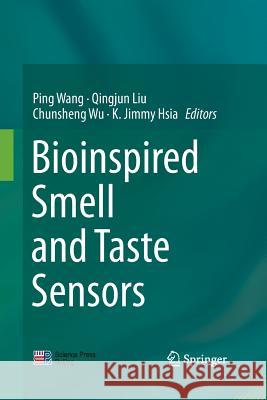Bioinspired Smell and Taste Sensors » książka
topmenu
Bioinspired Smell and Taste Sensors
ISBN-13: 9789402404098 / Angielski / Miękka / 2016 / 328 str.
Kategorie:
Kategorie BISAC:
Wydawca:
Springer
Język:
Angielski
ISBN-13:
9789402404098
Rok wydania:
2016
Wydanie:
Softcover Repri
Ilość stron:
328
Waga:
0.47 kg
Wymiary:
23.39 x 15.6 x 1.78
Oprawa:
Miękka
Wolumenów:
01
Dodatkowe informacje:
Wydanie ilustrowane











